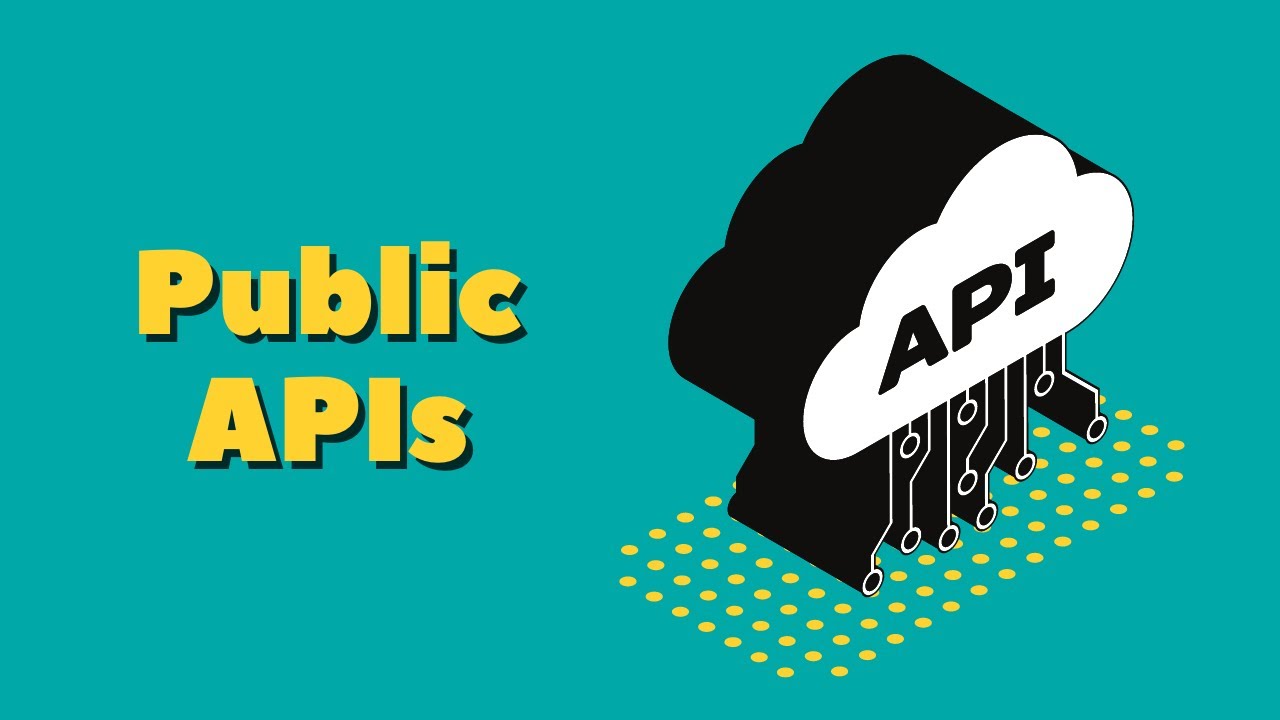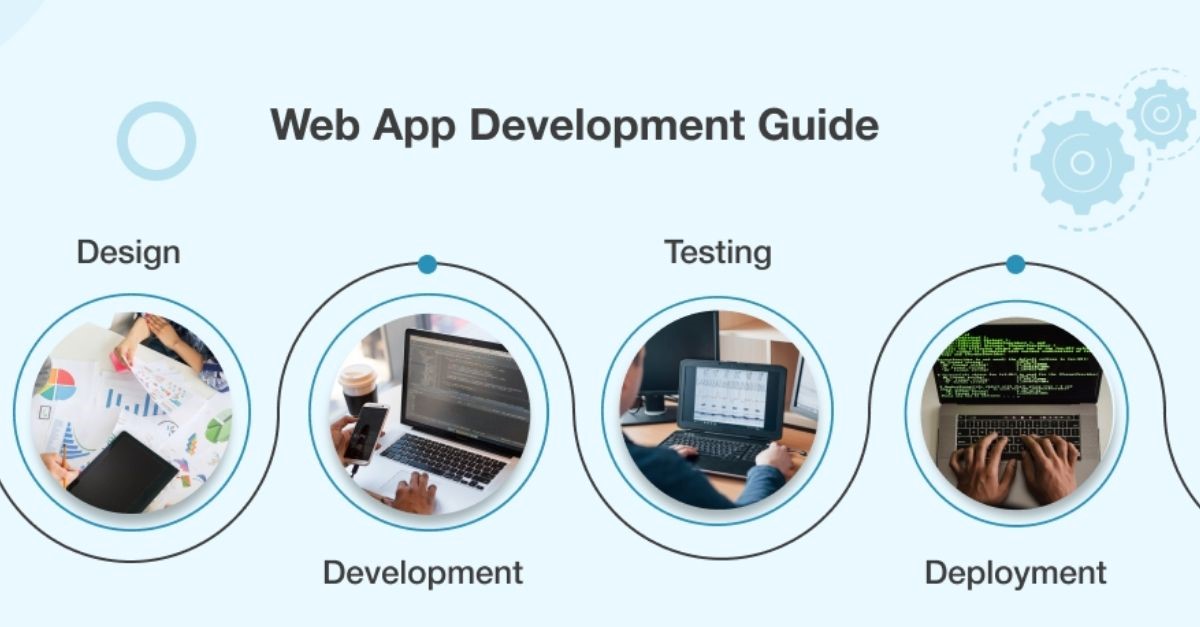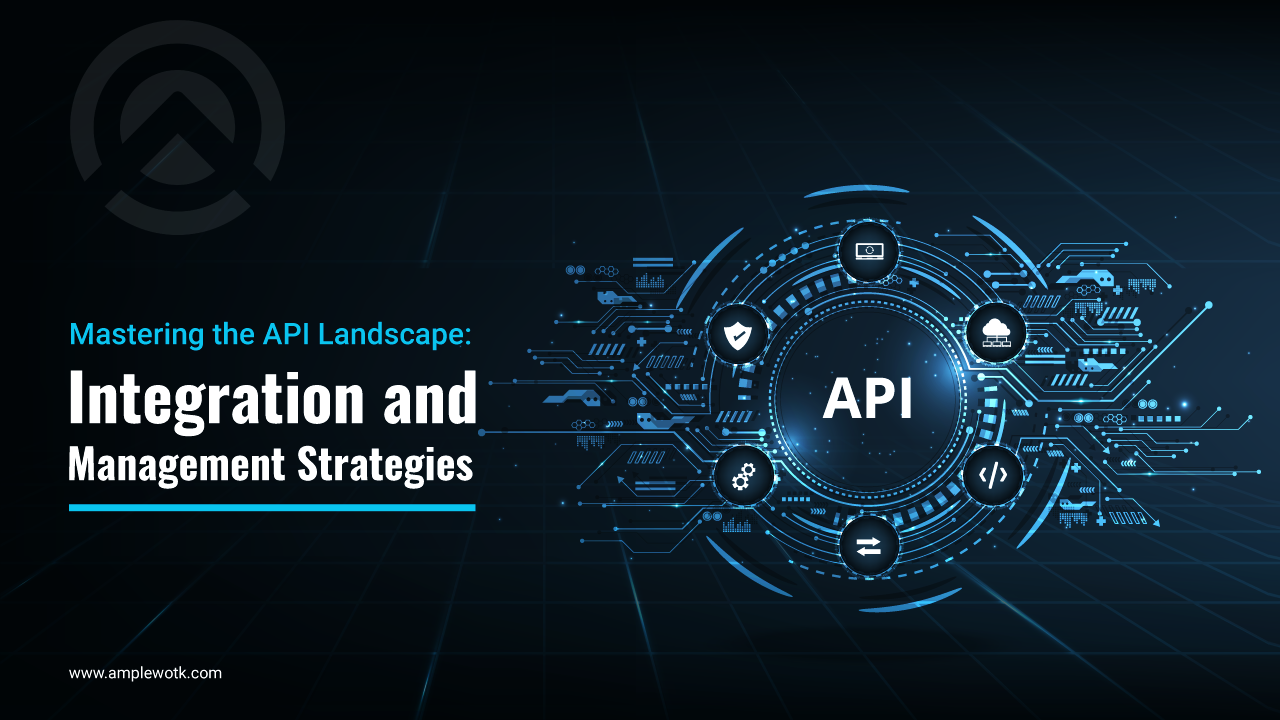Developers are essential to developing and advancing technology in the interconnected digital world of today. They are the designers of cutting-edge programs and services that power our contemporary society. However, it might take a lot of time and resources to create complicated software solutions from scratch. Public Application Programming Interfaces (APIs) are useful in this situation since they provide developers with a wealth of pre-built features as well as information to speed up their development process.
Public APIs, usually referred to as open APIs, are protocols and rule sets that permit interaction between various software programs. They make available for third-party developers to use in their own applications a certain collection of features, functions, or data from a platform or service.
Benefits of Public APIs
Developers and organizations can profit greatly from open APIs. Here are a few significant benefits:
Accelerated Development:
By implementing pre-built features rather than creating them from the start, developers can save time and effort thanks to the pre-built features as well as the services that ELK Layer API offer. As a result, the development process is greatly sped up, allowing programmers to concentrate on the user interface and essential application functionality.
Access to Rich Functionality:
By providing access to a variety of features and services, public APIs enable developers to take advantage of cutting-edge capabilities without having to design them from scratch. APIs can offer features like social media integration, geolocation, verification, payment processing, and much more. Developers can improve their programs and offer richer user experiences by integrating these functionalities.
Cost Effectiveness and Revenue Generation:
By removing the need to develop and maintain specific capabilities internally, using public APIs can lower development costs. Through APIs, developers may take advantage of already-available services and functionalities, saving labor, assets, and infrastructure costs. Additionally, free forex API gives developers the chance to make money by adding value to already existing platforms or by taking part in revenue-sharing arrangements set up by API providers.
Transparency:
Building trust with developers and users requires transparency. Additionally, given the current awareness of how businesses use client data and information, many organizations think that having an open API boosts customer confidence.
The necessity for openness is more important than ever in this age of social media and regular coverage. By opening up your API to the public, you give developers and other users a clearer picture of what your offerings are and how they work while also dispelling any unfavorable perceptions of your company’s internal business procedures.
Increase customer satisfaction:
Customers may find it simpler to obtain the data or services they require by integrating a public APIs. A well-designed API can also assist in minimizing the steps necessary to execute a task, which can further enhance the client experience.
Enhance Automation:
API integration is crucial for automating a website’s or app’s procedure, hence APIs are crucial for development agility. API integrations enhance automation procedures, making formerly manual chores simple to complete thanks to interconnected applications. The availability of free API enables the creation of digital businesses that reduce development time and effort.
Reduced failure risks:
A high risk of failure typically exists for an unsustainable system that provides inconsistent client experiences. Teams who first design APIs don’t have a problem with this. Public APIs allow businesses to express themselves, but they also help them expand quickly and change with the demands of their customers. An API-first approach’s intrinsic adaptability enables for quick adaptation to shifting requirements and greater end-user involvement in the development process.
Software development in parallel:
The ability to conduct simultaneous development is one of API First’s main benefits for developers and project stakeholders. The area that, once created, changes infrequently and on purpose is known as an API. You may be confident that your product will have a strong basis if you start by defining APIs. As a result, the product’s IT infrastructure might already be the focus of the development team’s early versions. But don’t worry; it doesn’t imply you’ll waste valuable time constructing this structure. Public APIs can be created and tested at the same time. Parallel teamwork enables real-time cooperation and expedites feedback loops.
Conclusion
How trustworthy internal and external customers interact with services can be significantly impacted by an API-first strategy. The method has advantages in terms of transparency, scalability, performance, and cost. It matters a lot how your APIs are used, viewed, and consumed. And adopting a public APIs-first strategy can actually improve the way enterprise organize their infrastructure. Consider designing and constructing your API first and follow those who have already been able to bring about beneficial changes by adopting this strategy: saved time, decreased expense, increased performance, enhanced experience for all, and made their value proposition crystal apparent.




